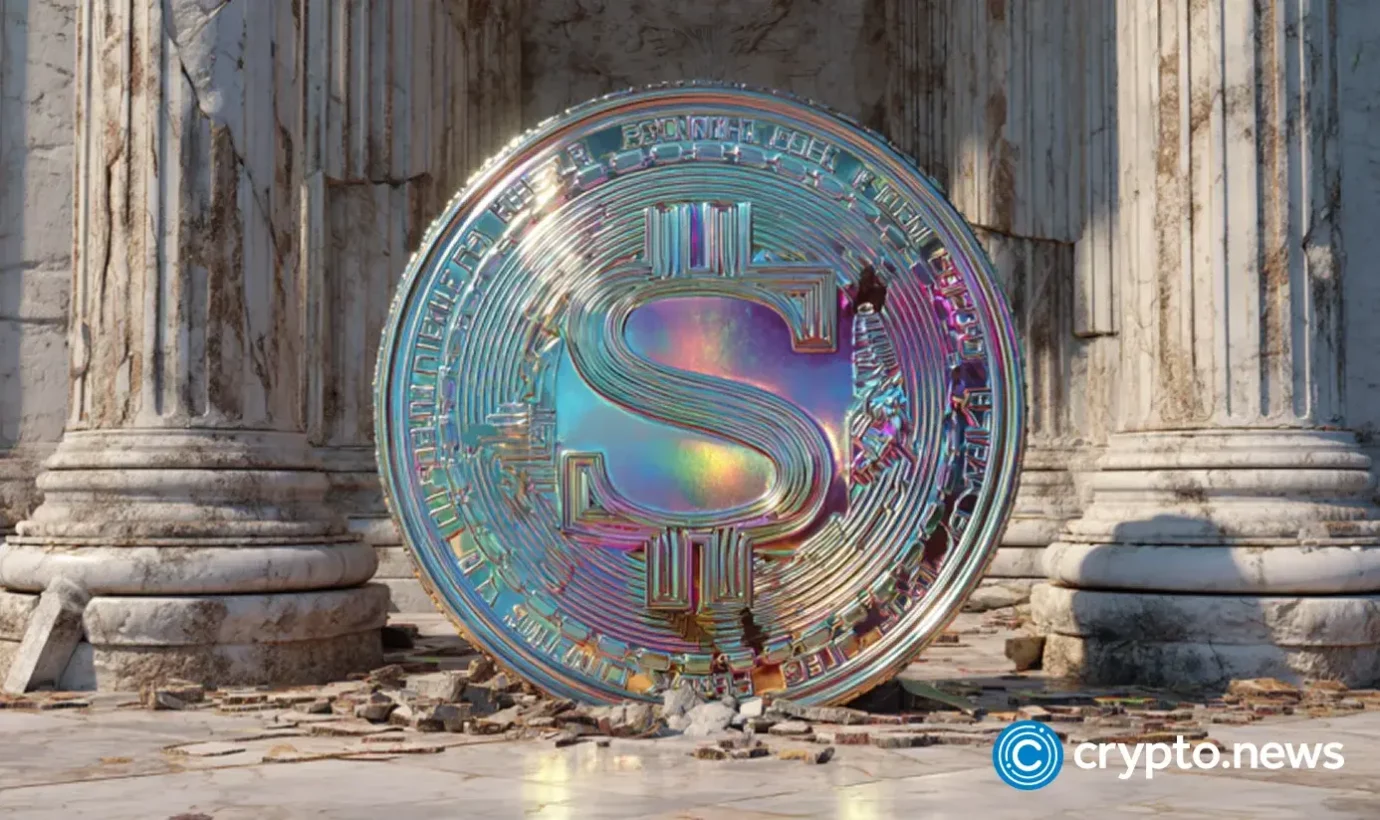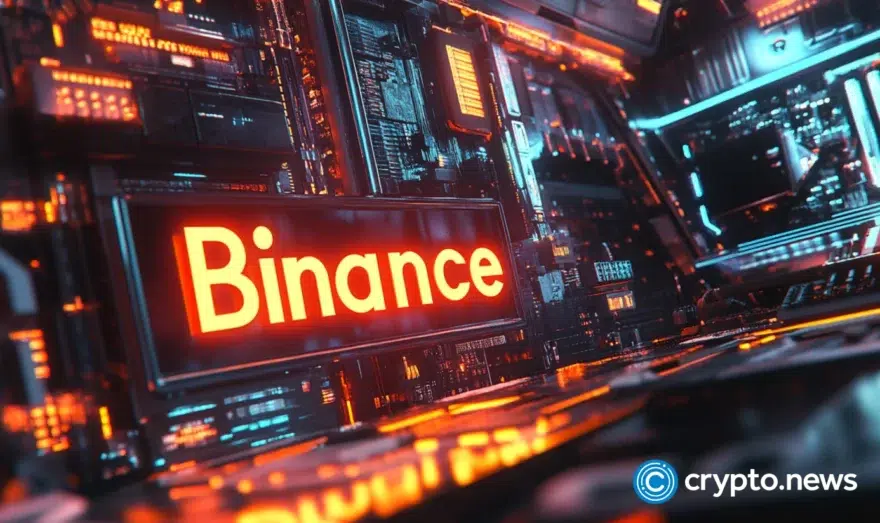Stablecoin popularity grows—but the fees are still painful

Stablecoins are moving beyond crypto trading desks into real-world payments—but convenience comes at a cost.
New data from the New York-based blockchain analytics firm Artemis shows rapid growth in stablecoin payments across sectors, even as fees often match or exceed those in traditional finance.
- Artemis reports $136 billion in stablecoin payments from 33 firms between January 2023 and August 2025, with B2B transactions leading at $76 billion annually.
- Tether’s USDT commands 85% of the stablecoin market, primarily on the Tron blockchain, followed by USDC.
- Stablecoin payments face high fees, especially on exchanges, and remain small compared to traditional financial systems, with blockchain congestion further escalating costs.
Artemis surveyed 22 stablecoin payment firms and supplemented estimates from 11 others, attributing $136 billion in stablecoin transactions between January 2023 and August 2025, with an annualized run rate of $122 billion. In terms of activity:
- B2B payments lead the pack ($76 billion annualized)
- Peer-to-peer ($19 billion)
- Card-linked ($18 billion)
- B2C ($3.3 billion)
- Prefunding ($3.6 billion).
Tether’s USDT dominates with 85% of volume, followed by Circle’s USDC, primarily on Tron, Ethereum, Binance Smart Chain, and Polygon.
Stablecoin evolution
Artemis co-founder Anthony Yim and data scientist Andrew Van Aken note that stablecoins have evolved from trader tools to a mainstream payment method. Major firms like Visa, Mastercard, PayPal and Stripe are integrating them.
The dataset is being touted as the most comprehensive to date, covering 33 firms and representing the majority of emerging stablecoin payment volume.
But growth has a downside: while peer-to-peer transfers on efficient blockchains like Solana can cost fractions of a cent, exchange and conversion fees—including trading fees, network transfers, and FX spreads—can quickly erode that advantage.
Shark Tank judge Kevin O’Leary recently highlighted the pain point on X: Ethereum network congestion drove fees past $1,000 for small transactions, underscoring persistent cost challenges.
“That’s like paying a thousand-dollar toll to drive on a one-lane highway,” he said. “It proves what I’ve been saying for years: when real traffic hits the system, it cracks under pressure.”
O’Leary added:
“For over a decade we’ve talked about going on-chain, and now with real-world adoption finally happening, the cracks are showing. Innovation isn’t just about hype or speculation, it’s about building infrastructure that can actually handle scale.”
Stablecoin regulation, conflicts of interest
The report arrives months after President Donald Trump signed the Genius Act, which established a federal framework for stablecoin issuers. Critics say it did little to address consumer protection or conflicts of interest.
For example, Trump and his family control around 60% of World Liberty Financial, a crypto venture that launched its own stablecoin, USD1. The firm recently gained momentum when a $2 billion investment fund in the United Arab Emirates used USD1 to acquire a stake in Binance, the globe’s largest crypto exchange.
This week, Trump pardoned Binance founder Changpeng Zhao, who served prison time after failing to prevent criminal money-moving activity on his platform.
As with other stablecoins, USD1 is pegged to fixed assets, such as the U.S. dollar, allowing issuers to generate profits by collecting interest on Treasury bonds and other reserves backing the token.
Still, Artemis’ findings illustrate that stablecoin payments are surging across business and consumer channels, despite remaining small relative to traditional systems.













